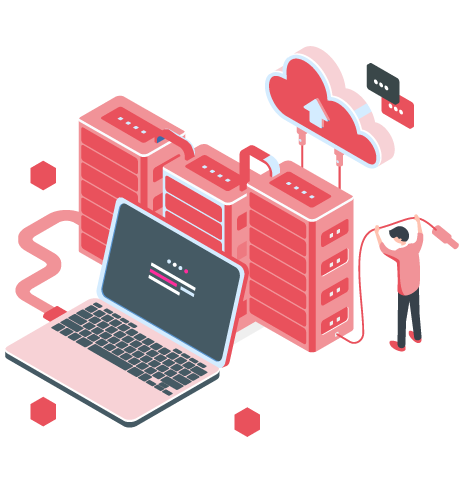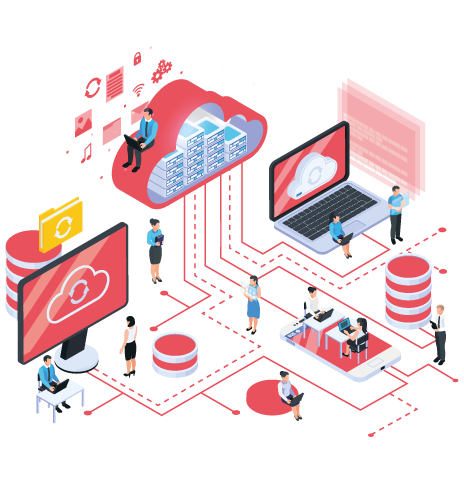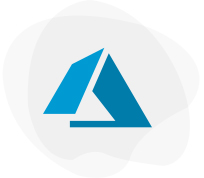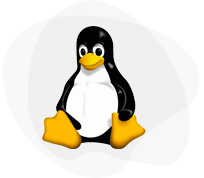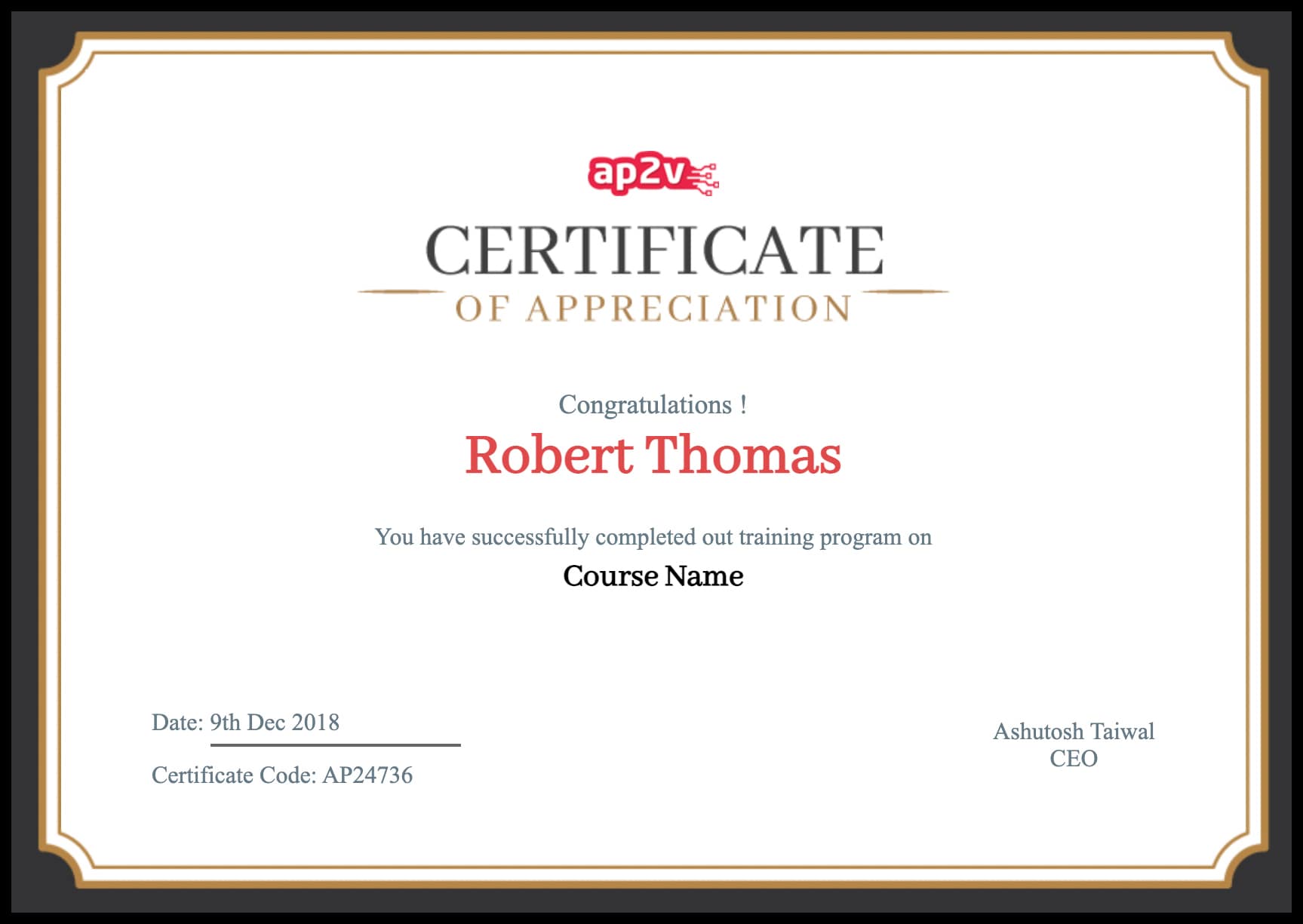Explore Courses
With the variety of courses offered by AP2V, be assured to stay ahead with the industry standards. Enhance your skills with our courses designed to suit individual and organisational needs.
Recorded Videos
- Enhance students learning Experience.
- Relief the pressure of Note-Taking.
- Lifetime Access.
- Learning Flexibility.
- Easy to retakes of each sessions.
- Pocket friendly course.
Live Interactive Classes
- Lectures bring together diversed group of students to learn in different ways.
- Live interactive Instructor-led training.
- 24 x 7 hours learning assistance.
- Have a team of well-qualified expert trainers.
- Lifetime access of class recordings.
- Affordable fees.
Sign in to your account
Sign in to your account
Welcome back! Login with your data that you entered during registration.
Email and Password are case sensitive...
- Forget Password
Create Account
Create Account
Use your email for registration.
Please enter name
Please enter email
Please enter password
Must be grater 6 characters as long.
Can contain any letters a to z or A to Z.
Can contain some special characters eg(@,#,$,%,&,*,%).
Can contain any numbers from 0 to 9.
Featured Courses
AP2V has one of the best and most trending and on-demands courses in IT Market. Take a glance at the features courses we offers.



Artificial Intelligence • Programming & Frameworks
Data Science with Python Training Course …
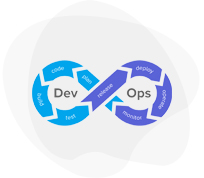




Featured certifications
AP2V offer globally recognized certifications which helps candidates to stand out from the crowd. The individuals can gain credibility after getting certified and it enable organizations to identify the skilled Professionals.
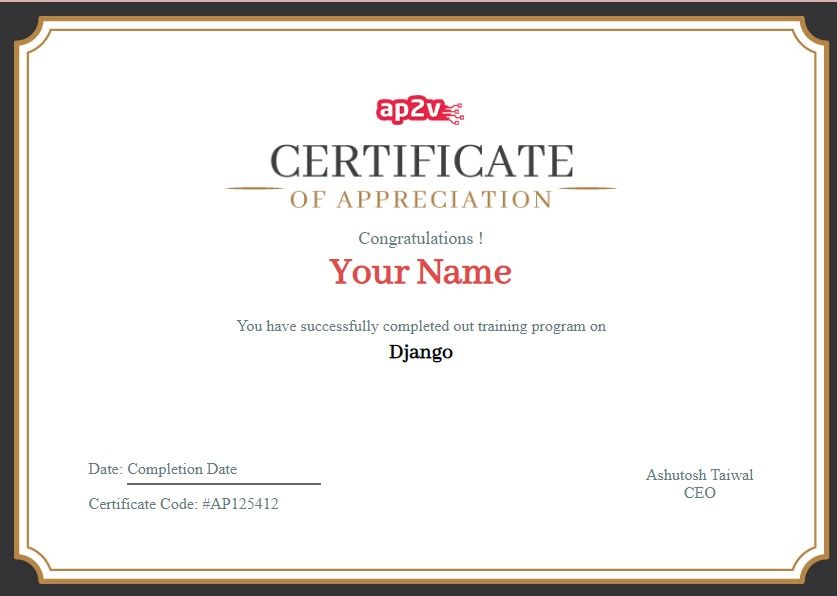
Certification in Django

Certification in RHCSA
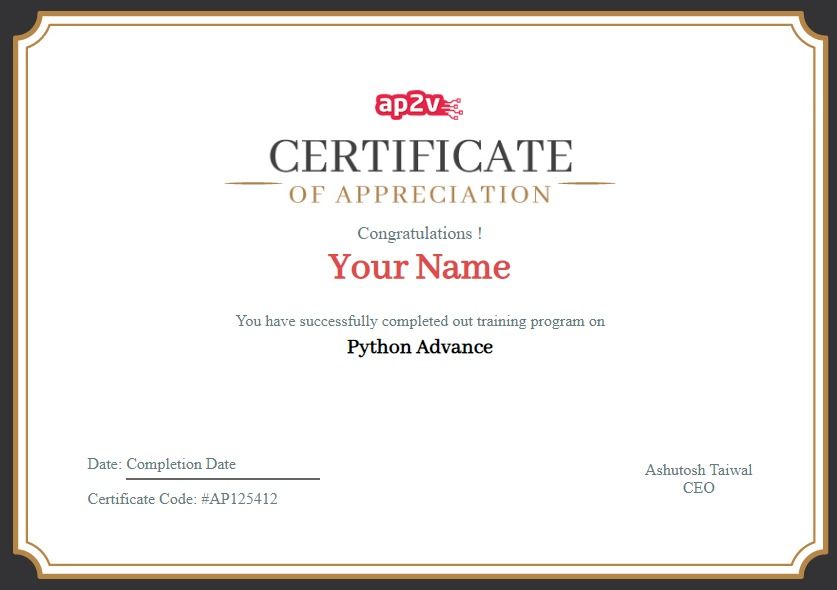
Certification in Advance Python

Certificaion in Machine Learning

Certificaion in Artificial Intelligence

Certified Kubernetes Expert

Certification in AWS Solution Architect

Certification in RHCE

Certification in DevOps
Learning Path
Offering IT Courses that will get you to the top. Identify your true potential. Enrol now!

Python Developer
Get yourself trained with Python Core and Python Advance by the industry’s experts. Python is…
View Learning path
AWS DevOps Engineer
Are you tired of trying hard to get a dreamed job after software engineering? It’s time to up…
View Learning path
Kubernetes Expert
The trend of micro-services architects and containers has not gone anywhere. So, it is worth learni…
View Learning path
AWS Solution Architect
Today’s businesses are using Cloud Technologies for their security and a plethora of advantag…
View Learning path
Placement Process
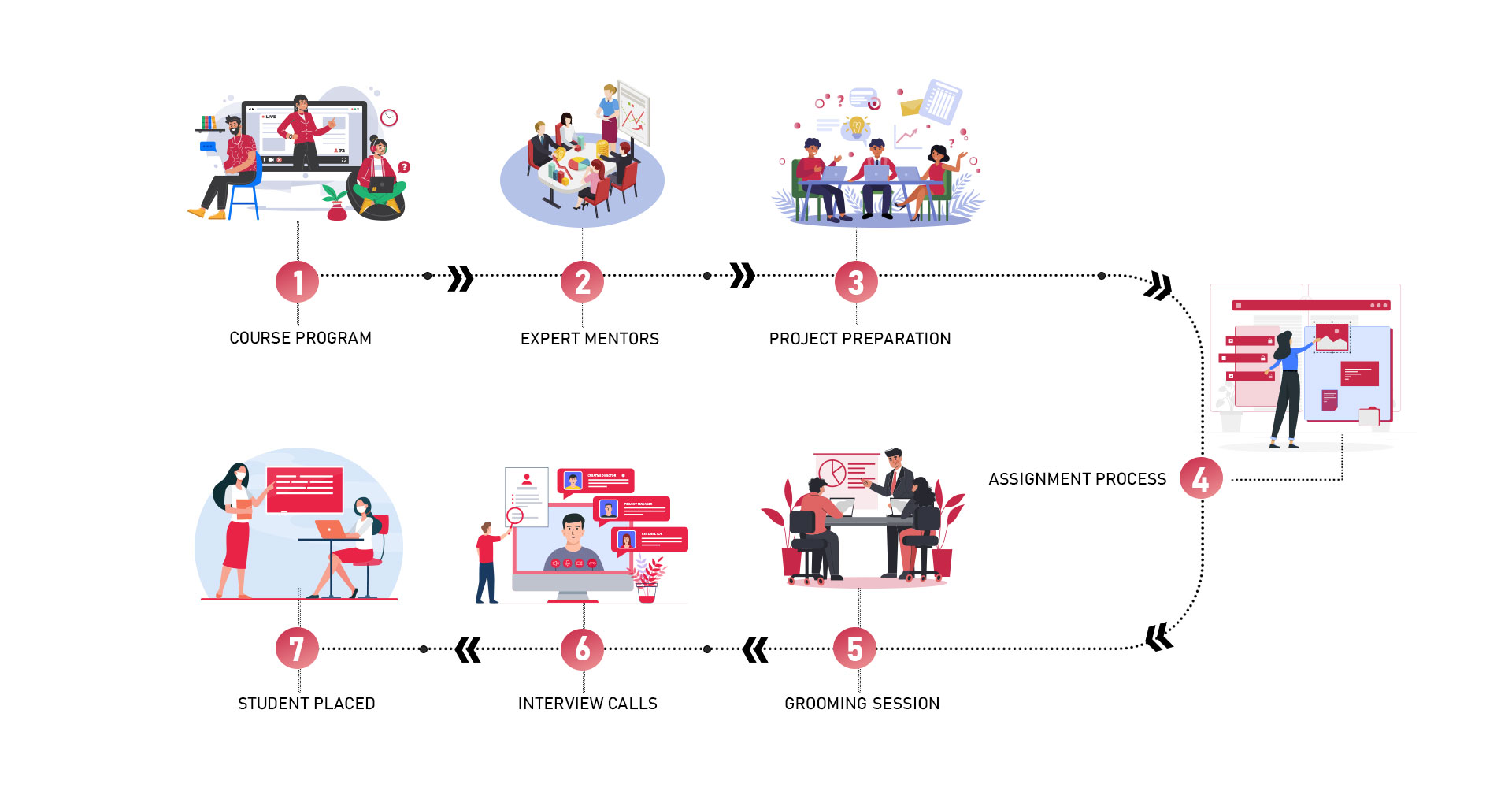
Alumni Network
World Wide












Our Top Achievers

Akash Sharma
Full Stack Developer
Training: (4 - 6 months)
Package: 14 LPA

Kuldeep Yadav
Linux administrator
Training: (8 - 10 months)
Package: 22 LPA

Rampal Kumar
Devops Engineer
Training: (6 - 8 months)
Package: 16 LPA
happy clients
What our clients are saying

Enquire now
Save time and money with free quote
Please enter Name
Please enter email
Please enter mobile number
Please enter message
Recent Event
Want to know when is the next batch for Linux going to start or to check the exam date. Check our event page and keep yourself updated about what is new in AP2V.

Recent Articles
Welcome to our AP2V blogs hub. Here you can access all latest documentations for variety of live projects and trending technologies and topics.

How AI Is Rapidly Replacing DevOps Engineers Today
How DevOps Engineers Are Unwittingly Fueling Their Obsolescence DevOps engineers today spend 63% of their working hours on tasks that AI…...
View all blogs
Red Hat OpenShift 2025: Secure Your Career Today!
2025 Red Hat OpenShift Certifications Secure Your $220K AI Cloud Career Now or Face Obsolescence – Only 3 Seats Left Before Quantum L…...
View all blogs
Why 90% AWS Certified Engineers Fail to Land Jobs
In 2024, 91% of AWS-certified engineers will waste Rs 50,000+ on exams, 200+ hours on courses, and 6+ months on dead-end job hunts&mda…...
View all blogs
How Do You Get A Job After AWS Certification?
Amazon Web Services (AWS) has emerged as a dominant force in the cloud services industry, achieving the largest market share among public c…...
View all blogs
How is AWS the best upgrade for your career?
Introduction The cloud computing industry is currently undergoing significant growth, or some might argue that it is approaching a state…...
View all blogs
What Is Microsoft Azure And How You Can Begin
The use of the Internet to provide various processes and services has emerged as a new approach to business operations. Employing this meth…...
View all blogs
Career Opportunities In Learning AWS
In today's digital world, the demand for cloud computing skills is at an all-time high. As more businesses are shifting their operation…...
View all blogs
The DevOps Training Scenario in Noida
"Bridging the Gap Between Development and Operations: The DevOps Training Scenario in Noida" We all know that building, deploy…...
View all blogs
Advantages of Data Science for Organizations?
In this fast growing era, everyone wants to remain competitive in their field and they need to grasp the knowledge of market trends to stay…...
View all blogs
What Is Blockchain How Does It Work?
Nowadays, blockchain is one of the best known and most prevalent technologies in relation to cryptocurrencies. Traditional systems of trust…...
View all blogs
Distinction between Chat GPT and Google Bard
In recent years, Artificial Intelligence (AI) has become an important tool in our daily work. AI technologies are used in almost every busi…...
View all blogs
Salary and Scope of an AWS Engineer in India
Introduction At present, the popularity of cloud computing is increasing and if we talk about cloud services, then the name of AWS comes…...
View all blogs
Continuous Delivery Vs Continuous Deployment
Introduction: In the DevOps field, the terms Continuous Delivery and Continuous Deployment are quite common. Continuous Delivery and Con…...
View all blogs
Aws Vs Azure Vs GCP
AWS vs. Azure vs. GCP Comparing Top Cloud Services for Your Business Needs Nowadays, cloud computing companies control major organizatio…...
View all blogs
Opportunities and Challenges of Cloud Computing
Introduction: We all know that cloud computing is a trending technology these days and almost every organization is doing cloud transiti…...
View all blogs
Values of DevOps
What are the Values of DevOps Introduction We all know that manufacturers make products for people in the market and people buy produ…...
View all blogs
Python List Vs Dictionary in Python
Python List vs Dictionary in Python: Comparison We all know that python is an easy and efficient programming language unlike other progr…...
View all blogs
Python Yield Vs Python Return
Python Yield vs Python Return: Meaning and Differences Introduction We all know that there are statements or keywords called Yie…...
View all blogs
Aws S3 Vs Azure Blob
Aws S3 vs Azure Blob: Pros and Cons PREFACE There are a large number of people whose data is stored in the cloud and it is very diffi…...
View all blogs
Aws T2 Vs T3
DIFFERENCE BETWEEN AWS T2 VS T3 PREFACE: Amazon T2 and T3 instances are the latest generation of Amazon EC2 instances.…...
View all blogs
Waterfall Vs Agile Vs DevOps
Waterfall vs Agile vs DevOps: Fors and Againsts Introduction: There are three different methods of software development which are Wat…...
View all blogs
Aws Vs Salesforce
AWS VS SALESFORCE: CAREER PATHS AND SALARY IN INDIA AWS and Salesforce are two major cloud computing platforms. AWS (Amazon Web Services…...
View all blogs
Sre VS Devops Salary
SRE VS DEVOPS: DIFFERENCE IN SALARY AND CAREER PATH SRE and DevOps Engineer are two different methods used in software engineering and I…...
View all blogs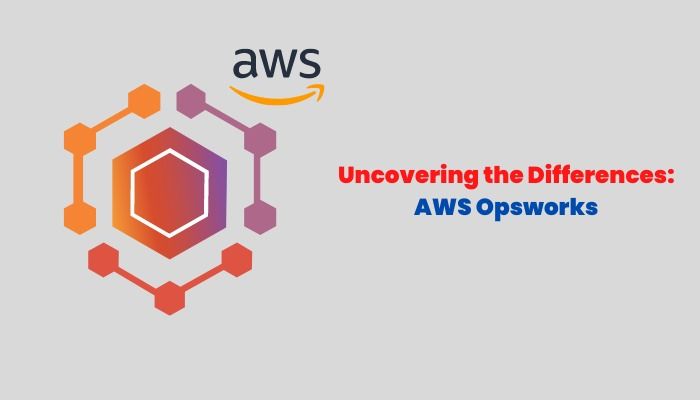
AWS opsWorks
AWS OPSWORKS Introduction: Amazon OpsWorks is a form management service that helps organize and manage applications of any scale and …...
View all blogs
Azure DevOps VS Jenkins
AZURE DEVOPS VS JENKINS: WHAT ARE THE ADVANTAGES AND DISADVANTAGES? Azure DevOps and Jenkins are both well-known tools used for continuo…...
View all blogs
AWS DevOps Vs Azure DevOps
Are you confused between AWS DevOps and Azure DevOps? AWS DEVOPS VS AZURE DEVOPS which is better? Tools of AWS DevOps and Azure Dev…...
View all blogs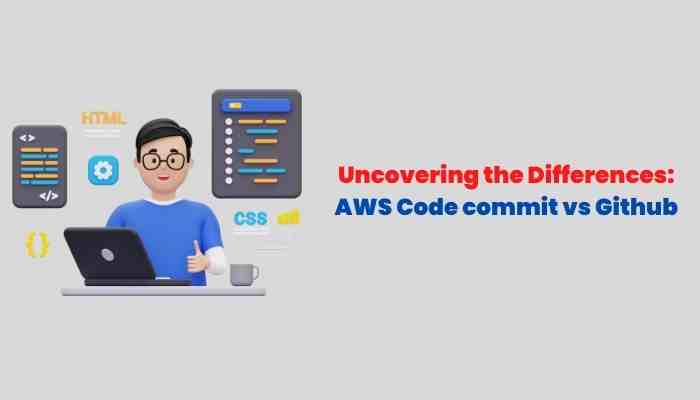
AWS Code commit Vs Github
AWS CODECOMMIT VS GITHUB: WHICH ONE IS BETTER TO USE? Nowadays, the internet and digital information are developing rapidly and if we ta…...
View all blogs
AWS Simple Monthly Calculator
AWS SIMPLE MONTHLY CALCULATOR: STEPS TO USE For organizations that want to optimize their AWS infrastructure i.e., reduce costs an…...
View all blogs
Aws Data Pipeline
We know that when we host an application we initially need multiple servers, otherwise at the time of trafficking or we can say more client…...
View all blogs
SAS VS PYTHON
STATISTICAL ANALYSIS SOFTWARE (SAS) VS PYTHON: BETTER TO USE In the era of digital transformation, there are many companies or businesse…...
View all blogs
Python Vs Kotlin
PYTHON VS KOTLIN: CHOOSE THE BEST To communicate with the computer there are some specific languages called programming languages and pr…...
View all blogs
Devops Vs Software Engineer
DEVOPS VS SOFTWARE ENGINEER: Who plays an important role in Software Development? INTRODUCTION: There are many people behind a softwa…...
View all blogs
Aws Salary in India in 2023
AWS SALARY IN INDIA: AS PER AWS JOB PROFILES IN 2023 Nowadays, businesses adopt cloud computing services for business development secure…...
View all blogs
Fullstack Vs Devops
FULLSTACK VS DEVOPS: Which is superior? Do you know that when you use an application there are some processes to run the app or develop …...
View all blogs
Devops vs Developer
DevOPS VS Developer: which one is suitable for your Project Develpment? Here is the discussion of DevOps VS Developer as there is some c…...
View all blogs
How To Use Python For DevOps?
HOW TO USE PYTHON FOR DEVOPS? With worthwhile purpose, Python has grown to be one of the most widely used programming languages. The lan…...
View all blogs
How Do Beginners Learn Devops?
HOW DO BEGINNERS LEARN DEVOPS? DevOps (Development Operations) is an innovative development means consisting of just a few numbers of se…...
View all blogs
Which Career Is Better, Machine Learning Or Devops
WHICH CAREER IS BETTER, MACHINE LEARNING OR DEVOPS? DevOps and MLOps are the topmost software in the digital era that is directly involv…...
View all blogs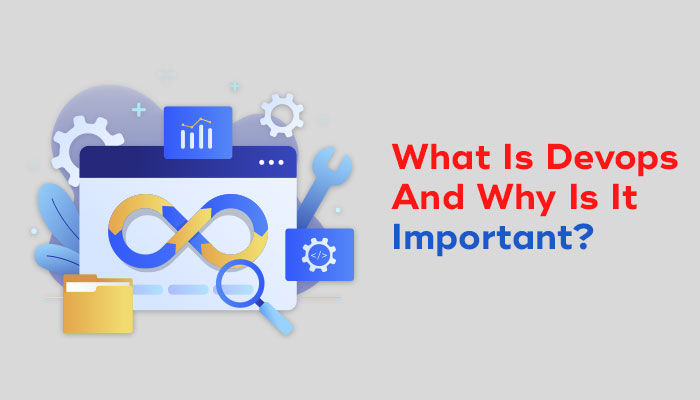
What Is Devops And Why Is It Important?
WHAT IS DEVOPS AND WHY IS IT IMPORTANT? WHAT IS DEVOPS? DevOps is the methodology used for developing applications through the coordi…...
View all blogs
Difference Between Devops And Devsecops
DIFFERENCE BETWEEN DEVOPS AND DEVSECOPS Organizations, especially IT conglomerates, want to maintain a competitive edge in today's m…...
View all blogs
Structure of Java Program
STRUCTURE OF JAVA PROGRAM Java is an object-oriented programming language that operates independently of the platform and is also a secu…...
View all blogs
Limitations of Selenium
Limitations of Selenium Selenium is an open-source testing tool. It is functional on all web browsers and supports browser automation.&nbs…...
View all blogs
Prerequisites For Machine Learning
WHAT ARE THE PREREQUISITES FOR MACHINE LEARNING? Machine learning is a part of Artificial learning and includes the study of algori…...
View all blogs
How Do Agile And Devops Interrelate?
The DevOps development is done based on the software requirements that Agile teams develop. The Agile method of development includes fol…...
View all blogs
Aws Salary In India
AWS SALARY FOR FRESHER AWS is the most sought-after technology in the internet landscape due to its scalability and ease that they bring…...
View all blogs
Aws Devops Engineer Salary In India
AWS CERTIFIED DEVOPS ENGINEER SALARY IN INDIA AWS technology belongs to the tech giant Amazon. It helps individuals, companies, and gove…...
View all blogs
Eligibility Criteria For Python Course
WHAT ARE THE ELIGIBILITY CRITERIA FOR PYTHON COURSE? Python is a high-level programming language used across various platforms. It is pr…...
View all blogs
What Are The Prerequisites For Devops Training?
By implementing automation through DevOps, development, testing, and operations teams will have more bandwidth to communicate and collabora…...
View all blogs
Future Scope of Python
WHAT IS THE FUTURE SCOPE OF PYTHON? Python is the most in-demand programming language of recent times. It has a promising career in tech…...
View all blogs
Aws Devops Tools List
AWS DEVOPS TOOLS LIST AWS DevOps tools are the best solutions for cloud build and deployment. AWS DevOps implements the DevOps technolog…...
View all blogs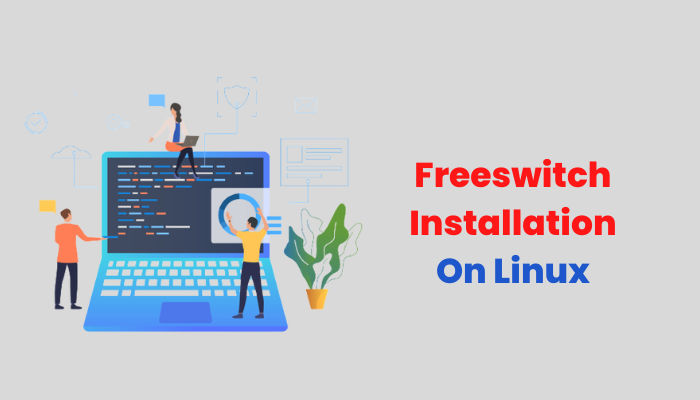
FREESWITCH INSTALLATION ON LINUX
About FreeSWITCH – The World’s First Cross-Platform Scalable FREE Multi-Protocol Soft Switch. FreeSWITCH is a scalable…...
View all blogs
WHAT, WHY, HOW RHCE
Red Hat offers a typical administrator → engineer → architect certification ladder, which is unique style unlike many other such …...
View all blogs
ASTERISK INSTALLATION ON LINUX
About Asterisk : Asterisk is a software implementation of a telephone private branch exchange (PBX); it allows attached telephones to make…...
View all blogs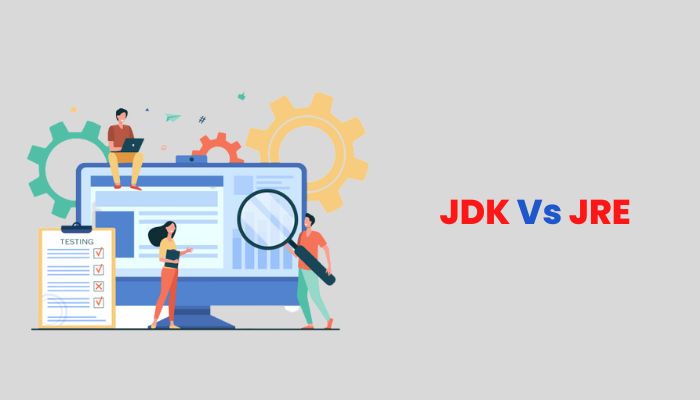
JDK VS JRE
JDK (Java Development Kit) JDK: It’s the full featured Software Development Kit for Java, including JRE, and the compile…...
View all blogs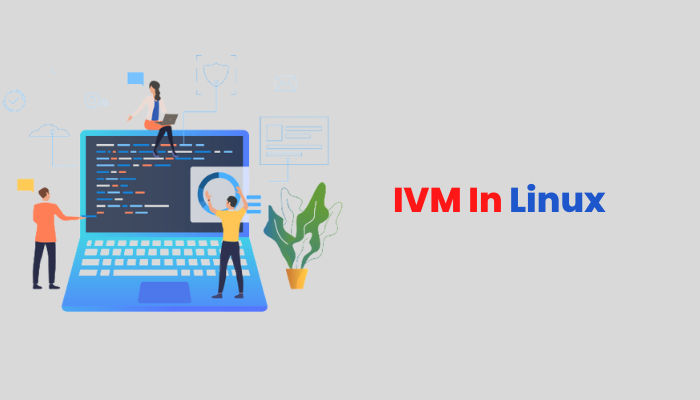
LVM IN LINUX
LVM (LogicalVolumeManager) allows administrators to create meta devices in Linux that provide an abstraction layer between a…...
View all blogs
WHAT IS LINUX
This blog will explain what actually linux is for those who are curious about it’s definition but not yet ready to dive without initi…...
View all blogs
INSTALL OPENSTACK ON RHEL6
The perquisites are to have sufficient memory and to turn off selinux or set it to permissive. Changes to SELinux require a reboot. You als…...
View all blogs
SYMBOLIC LINK VS HARD LINK IN LINUX
Hard Link vs Soft ( Symbolic ) Link Links in Linux can are very much similar to Pointers in programming languages. The basic difference …...
View all blogs
USER MANAGEMENT IN LINUX
Each user is associated with a unique numerical identification number called a user ID (UID). Likewise, each group is associated with a gro…...
View all blogs
NFS CONFIGURATION ON REDHAT LINUX
Network File System formally knows as NFS is a distributed files system protocol, which allow a linux server to share directories and files…...
View all blogs
HISTORY OF LINUX
This blog introduces the Linux kernel and Linux operating system, placing them in the historical context of Unix. Since the creation of …...
View all blogs
INSTALL PGSQL 9.3 ON REDHAT LINUX
Let’s Get Started PostgreSQL often knows as “Postgres”, is world most advance Object-relational database management sy…...
View all blogs
CONTROL GROUP SUBSYSTEMS IN RHEL7
Control groups (cgroups) are a Linux kernel feature that enables you to allocate resources – such as CPU time, system memory, disk I/…...
View all blogs
